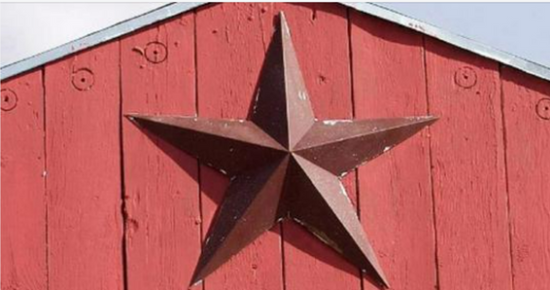Barn stars, those charming ornaments atop barn doors, hold a deeper significance than meets the eye. German-American farmers place them there, believing in their power to protect crops and bring prosperity. Each star’s color conveys a unique message. Green represents crop fertility and growth, while blue or black signifies protection for the farmer, household, and crops. Brown symbolizes friendship.

These stars have a history dating back to the 1830s when they gained popularity among the Pennsylvania Dutch community, known for their simple lifestyles. These symbols, however, belong to two parallel traditions: barn stars and hex signs.
Patrick Donmoyer, from Kutztown University, clarifies that barn stars weren’t initially tied to supernatural beliefs but were part of the agricultural lifestyle. Hex signs, misinterpreted by an artist in the 1920s, were inspired by quilt squares and barn stars. By the 1950s, they became a tourist attraction, preserving the culture and traditions of the Pennsylvania Dutch.In essence, barn stars, though thought to ward off evil, serve as decorative reminders of heritage for the Pennsylvania Dutch.





